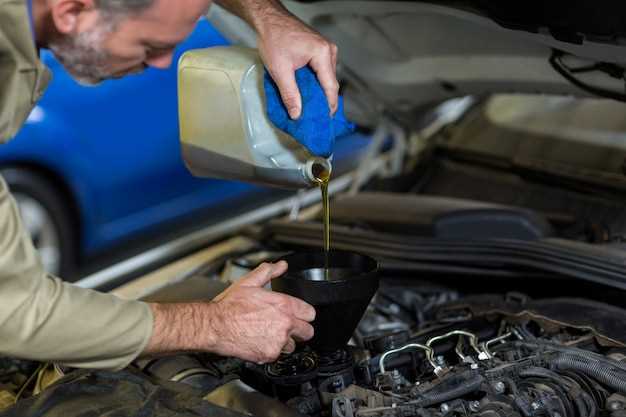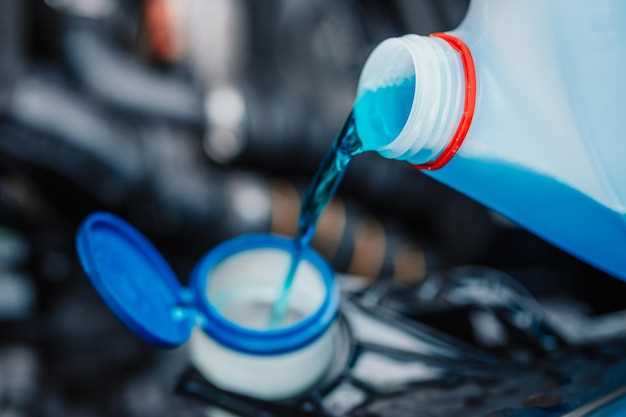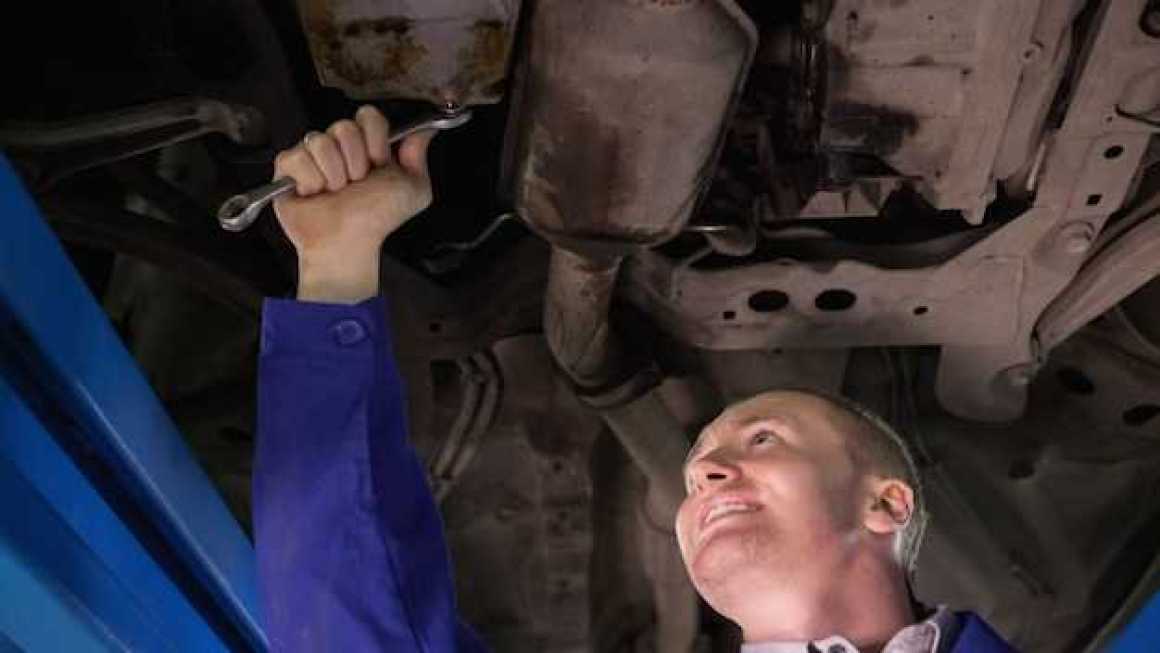
Maintaining your vehicle’s coolant system is essential for optimal engine performance and longevity. An efficient coolant system helps regulate the engine’s temperature, preventing the significant risk of overheating. Over time, coolant can become contaminated with debris and lose its effectiveness, which is why regular flush procedures are necessary.
The coolant plays a crucial role in keeping the engine at a stable operating temperature by absorbing heat and dissipating it through the radiator. If the coolant is not replaced or flushed regularly, it can lead to a buildup of harmful substances that hinder its ability to transfer heat. This may result in increased temperature levels and potential engine damage.
In this article, we will discuss the importance of coolant maintenance, including how to properly flush your coolant system and tips for monitoring engine temperature. By understanding these key aspects, you can effectively prevent engine overheating and ensure your vehicle runs smoothly for years to come.
Identifying Signs of Coolant Degradation

Recognizing the signs of coolant degradation is essential for maintaining optimal engine performance and preventing overheating. One of the primary indicators is a change in color. Fresh coolant typically has a bright and vibrant hue, such as green, orange, or pink, depending on the type. If you notice that the fluid has turned brown or murky, it may indicate the presence of rust and contaminants, suggesting it is time for a flush.
Another significant sign is a strong odor, which can signal the coolant has been overheated or is contaminated. A sweet smell might mean that the coolant is leaking, while a burnt odor could indicate that the coolant has broken down due to excessive temperature. In both cases, prompt action should be taken to address these issues.
Inconsistent temperature readings on your vehicle’s gauge can also point to degraded coolant. If the engine overheats frequently or temperature fluctuations are observed, the coolant might be losing its effectiveness in regulating the engine’s heat, warranting an immediate coolant flush.
Additionally, the presence of foam or sediment in the coolant reservoir can signal contamination or engine issues. If you detect any particles, it is crucial to investigate further, as this can lead to more severe engine problems if left unaddressed.
By being vigilant about these signs, you can ensure that your coolant remains effective, thus protecting your engine from potential overheating and extending its lifespan.
Steps for a Comprehensive Coolant Flush
Performing a coolant flush is essential for maintaining optimal engine temperature and preventing overheating. Follow these steps to ensure a thorough coolant flush.
First, gather the necessary tools and materials, including coolant flush solution, a drain pan, a funnel, new coolant, and safety gloves. Begin by ensuring your engine is cool to prevent burns during the process.
Remove the radiator cap to relieve pressure. Next, locate the drain plug at the bottom of the radiator or the engine block. Place the drain pan underneath and open the drain plug to allow old coolant to flow out completely. This step is crucial in removing contaminants that may have built up over time.
After draining the old coolant, close the drain plug securely. Fill the radiator with the coolant flush solution mixed with water as per the product instructions. Start the engine and let it run for about 10-15 minutes. This allows the solution to circulate throughout the cooling system, loosening debris and deposits.
Once completed, turn off the engine and allow it to cool down again. Open the drain plug to empty the flush solution, ensuring that contaminants are removed. Rinse the system by running clean water through the radiator until it runs clear.
Finally, refill the radiator with new coolant, ensuring the correct type for your engine. After filling, bleed the system of any trapped air by running the engine with the radiator cap off until the thermostat opens, indicating proper circulation. Replace the radiator cap securely and check for leaks.
By following these steps, you will ensure that your engine cooling system operates efficiently, maintaining appropriate engine temperature and significantly reducing the risk of overheating.
Monitoring and Maintaining Optimal Engine Temperature

Maintaining an optimal engine temperature is essential for the longevity and efficiency of your vehicle. Overheating can lead to serious engine damage, making regular monitoring and maintenance crucial.
Here are key practices to effectively manage engine temperature:
- Regular Coolant Checks:
Regularly check the coolant level in the reservoir. Ensure that the coolant is filled to the recommended level and replace it if it appears dirty or contaminated.
- Flush the Coolant System:
Perform a coolant flush according to your vehicle’s maintenance schedule. This process helps remove rust, debris, and other deposits that can hinder the efficiency of the cooling system.
- Inspect the Radiator:
Examine the radiator for leaks, blockages, or damage. A clean and well-functioning radiator is vital for maintaining proper engine temperature.
- Monitor Temperature Gauge:
Keep an eye on the temperature gauge on your dashboard. If it consistently approaches the red zone, it indicates potential overheating, requiring immediate investigation.
- Check Thermostat Function:
A malfunctioning thermostat may cause erratic temperature fluctuations. Regularly test and replace the thermostat as needed to ensure proper coolant flow.
- Inspect Hoses and Belts:
Regularly inspect hoses and belts connected to the cooling system for wear and tear. Cracked or loose hoses can result in coolant leaks, compromising cooling efficiency.
By following these essential practices, you can ensure your engine maintains an optimal temperature, preventing overheating and extending its operational lifespan.



